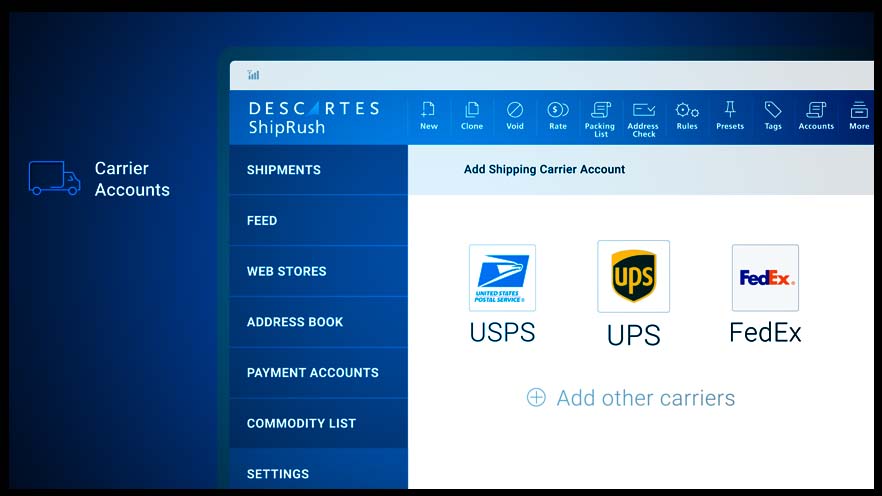As you look around and see other companies setting sales records in the direct-to-consumer (D2C) market with products like shoes, watches, razors, clothing and mattresses, you have to wonder, why can’t my company do that?
If consumers are going to purchase your products anyway, there’s no reason why they shouldn’t click “Buy” on your website and receive a package with your branding instead of one festooned with the logo of a large retailer. Now that D2C sales are a normal, everyday part of the online marketplace, more and more specialty companies are recognizing its potential for driving down costs while satisfying high customer expectations. By cutting out the retail middle men and establishing their own trusted web presence, some companies are able to lower prices and deliver a more satisfying customer experience for online shoppers.
Rest assured, D2C success does not come without effort; in particular, you must firmly commit to rethinking core business processes that you’ve probably taken for granted until now. Companies that operate on the traditional supplier-retailer-customer paradigm can expect to make significant adjustments to the supply chain and logistics operation when they enter the D2C market.The Challenge of Selling “Quantity: 1”
If, as a supplier, your company is accustomed to regularly processing large-volume orders from a limited number of retailers, then you’ll probably need some time to digest all the implications of suddenly having to fulfill many small orders placed at random times by individual consumers.
For starters, consider how D2C sales fluctuations will impact your company’s relationship with manufacturers. Will you need to change the size and frequency of the shipments you receive? How will that affect per-unit pricing? How will your warehousing needs change, if at all? Also, have you thought about how you will receive and process customer orders? Are your existing business systems compatible with popular ecommerce platforms? Shipping is another concern. Are you equipped to efficiently package and ship small orders? Can your existing carrier provide a consumer-grade delivery experience at competitive prices? There’s a lot to ponder here.
In light of the major impact that D2C sales will have on your business, it’s crucial that you develop a transition strategy to help identify and manage all of the requisite changes to logistics processes and business systems.The Challenge of Getting Every Order Right
To a customer who’s been waiting on pins and needles for a package to arrive, there’s nothing worse than opening it up to find that the company has shipped the wrong item. Instead of solving a problem for the customer, the seller has become a problem. To ensure that customers receive exactly what they order—and that they can only order in-stock items—you should implement an ecommerce-ready software system with integrated order placement, inventory tracking, sales forecasting, order fulfillment, and shipping features. Adopting a multichannel, cloud-based solution is often the quickest, easiest way to take control of logistics and develop high-quality processes that yield excellent order accuracy.The Challenge of Meeting Delivery Expectations
As every great salesman knows, making the sale is only the first step; how you close out the deal is what decides whether a customer returns to buy from you again. In D2C sales, you close out the deal by literally delivering the goods. Your prospective customers will be expecting shipping excellence from Day One so you’d better do a good job!
Expectations are so high that customers practically want their stuff yesterday. If you can’t afford a time machine, then at least make sure you have processes and technology solutions in place to make order picking, packing and shipping as fast and efficient as possible. Although customers want their stuff yesterday, they are willing to settle for the delivery time that they’ve paid for. Therefore, it is your job to put their order in the hands of a reliable carrier that can deliver the package on time.
Customers also want to be able to track their orders, partly so they can plan ahead and partly so they know you’re holding up your end of the bargain. Customers are typically much more understanding of an unforeseen shipping delay if they can see that you promptly passed their order on to the carrier, as promised. Naturally, the carrier you select must be able to provide detailed tracking information that you can either post or link to in the customer order summary.A Snazzy, New Web Store is Not Enough
As you prepare to enter the D2C market, you should view the experience as a transformative process rather than a purely additive one—i.e., just tacking on an ecommerce sales channel. Transforming your business with new technology solutions, logistics processes, and customer communication strategies is more complicated and requires more thoughtful deliberation than simply hanging up a shingle, but it’s more likely to pay off in the long run. To remain viable as a D2C seller, you must not only attract new customers with the promise of a great deal but you must also back up your promise with logistical excellence that consistently meets customer expectations and thus earns repeat business.
Ask us how Descartes' logistics technology can help you make the transition to the D2C marketplace.


